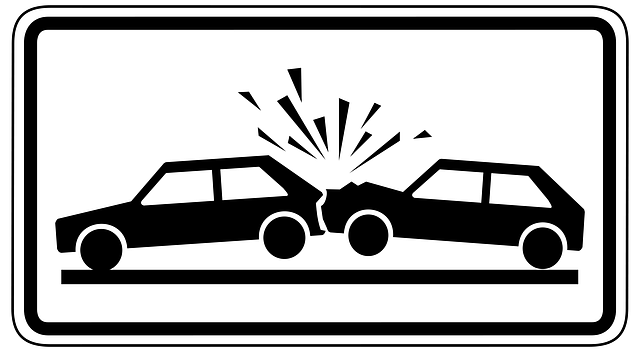The wrongful death statute of limitations (WLDL) sets critical timelines for filing lawsuits related to fatal incidents, with jurisdiction-specific deadlines ranging from one to three years. Missing these deadlines forever bars the right to justice and compensation. Complex cases like partnerships or elder law issues require swift action to preserve evidence and witness memories. Timing is crucial for thorough investigations and expert analyses in accident settlements. Consulting a specialized wrongful death litigation attorney is essential to navigate these legal limits and protect rights. Identifying potential legal grounds, such as unusual events or transactions, promptly can help meet filing deadlines and increase favorable outcomes.
“Protecting your rights is crucial, especially when facing potential wrongful death claims. This article guides you through the intricate process of understanding the wrongfully death statute of limitations—a deadline you can’t afford to ignore. Learn to identify signs suggesting a qualifying case and take prompt action to safeguard your interests. By following the steps outlined here, ensure you file before time runs out, leaving no room for legal loopholes.”
- Understanding Wrongful Death Statute of Limitations: Deadlines You Can't Afford to Ignore
- Identifying When Your Case Qualifies: Recognizing the Signs of a Potential Claim
- Taking Action Before Time Runs Out: Steps to File and Protect Your Rights
Understanding Wrongful Death Statute of Limitations: Deadlines You Can't Afford to Ignore

The wrongful death statute of limitations is a critical legal concept that sets strict timeframes for filing lawsuits related to fatal accidents or incidents. Understanding and adhering to these deadlines is crucial, as missing them can result in forever losing your right to seek justice and compensation. Each jurisdiction has its own set of rules regarding the statute of limitations for wrongful death claims, which typically ranges from one to three years. This period begins from the date of the deceased’s passing or the discovery of their fatal injury, depending on the circumstances.
Ignoring these deadlines can have severe consequences, especially in complex cases like partnership disagreements or elder law issues where delays might obscure evidence and witnesses’ memories. When pursuing accident settlements, time is of the essence, as it allows for proper investigation and expert analysis to strengthen your case. Therefore, it’s imperative to consult with an experienced attorney who specializes in wrongful death litigation to ensure you stay within the prescribed legal limits and protect your rights effectively.
Identifying When Your Case Qualifies: Recognizing the Signs of a Potential Claim

Recognizing when your case qualifies for legal action is a crucial step in protecting your rights before time expires. Understanding the signs of a potential claim is essential, especially given the stringent deadlines imposed by laws like the wrongful death statute of limitations. This time-bound nature means that if you suspect you have a valid case—whether it’s a real estate dispute, property damage claim, or client recovery issue—you must act swiftly.
Pay attention to any unusual events or transactions that could indicate potential legal grounds. For instance, unexpected delays in closing real estate deals, unexplained charges on property damage assessments, or unresolved disputes with clients can all be red flags. Promptly identifying these issues can ensure you meet the necessary deadlines for filing a claim and increase your chances of achieving a favorable outcome.
Taking Action Before Time Runs Out: Steps to File and Protect Your Rights

Time is of the essence when it comes to protecting your rights, especially in cases involving wrongful death or legal disputes like business litigation and partnership disagreements. The concept of a statute of limitations plays a pivotal role, dictating the timeframe within which legal actions can be initiated. For instance, the wrongful death statute of limitations sets a limit on how long survivors have to file a claim after a loved one’s passing. Once this time expires, your rights could be forever barred, making it crucial to take prompt action.
To ensure your rights are protected before time runs out, it is essential to: 1) educate yourself about the applicable statute of limitations in your jurisdiction; 2) gather all relevant evidence and documents; 3) consult with an experienced legal professional who specializes in the specific area of law; and 4) file a claim within the prescribed timeframe. In cases of business litigation or partnership disagreements, where fiduciary duty breaches may occur, early intervention is key to preserving potential remedies. Don’t let deadlines catch you off guard—take proactive steps now to safeguard your interests.
Protecting your rights in a wrongful death case is crucial, as navigating the legal system within the set statute of limitations can be complex. By understanding the deadlines and identifying qualifying cases, you can take timely action to file a claim and ensure justice for your loved ones. Don’t let the clock tick without taking steps to protect your legal standing—it’s essential to act before time expires.






